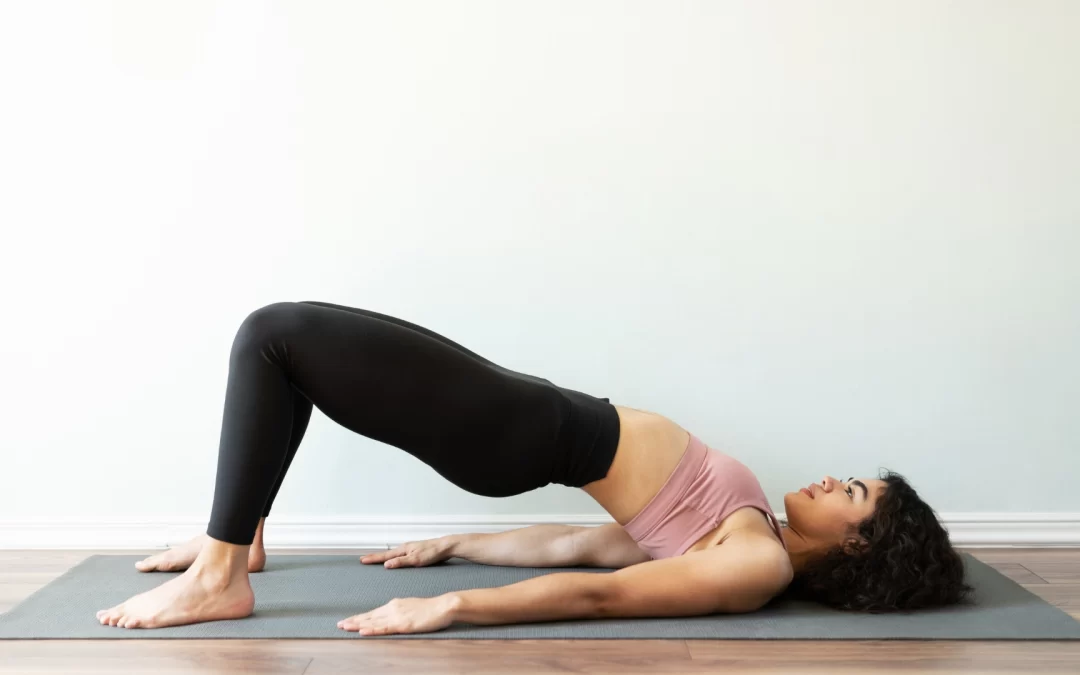How Does Yoga Improve Posture?
Good posture is essential for maintaining a healthy body and mind. Poor posture can lead to numerous health issues, including back pain, neck strain, headaches, and even decreased lung capacity. One of the most effective and holistic approaches to improving posture is through the practice of yoga. This ancient discipline combines physical postures, breath control, and mindfulness to create a balanced and aligned body. The traditional count of yoga poses is symbolically 84. However, different texts name these poses without always explaining them. In this blog, we will explore how yoga improves posture, the science behind it, specific poses that target posture correction, and tips for integrating yoga into your daily routine.
The Science Behind Yoga and Posture
Posture is defined as the position in which someone holds their body when standing or sitting. Good posture aligns the bones and joints properly so that muscles are used efficiently, reducing fatigue and strain. Yoga helps improve posture through several mechanisms:
- Muscle Strengthening: Yoga poses, or asanas, strengthen the core muscles, including the abdominals, back, and pelvic floor. A strong core is crucial for maintaining an upright posture.
- Flexibility: Many yoga poses increase flexibility, particularly in the spine, shoulders, and hips. Improved flexibility helps the body maintain a full range of motion, reducing the risk of postural imbalances.
- Body Awareness: Yoga enhances proprioception, the awareness of the body’s position in space. This heightened awareness helps individuals recognize and correct poor posture throughout the day.
- Spinal Alignment: Online yoga classes promote proper spinal alignment. Many poses focus on lengthening the spine and ensuring it maintains its natural curves, which is essential for good posture.
- Breath Control: Yoga emphasizes deep, diaphragmatic breathing, which can help release tension in the chest and shoulders, promoting a more open and upright posture.
Key Yoga Poses for Improving Posture
Here are some specific yoga poses that can significantly improve your posture:
1. Mountain Pose (Tadasana)
Mountain Pose is the foundation of all standing poses in yoga. It teaches you how to stand tall and strong with proper alignment.
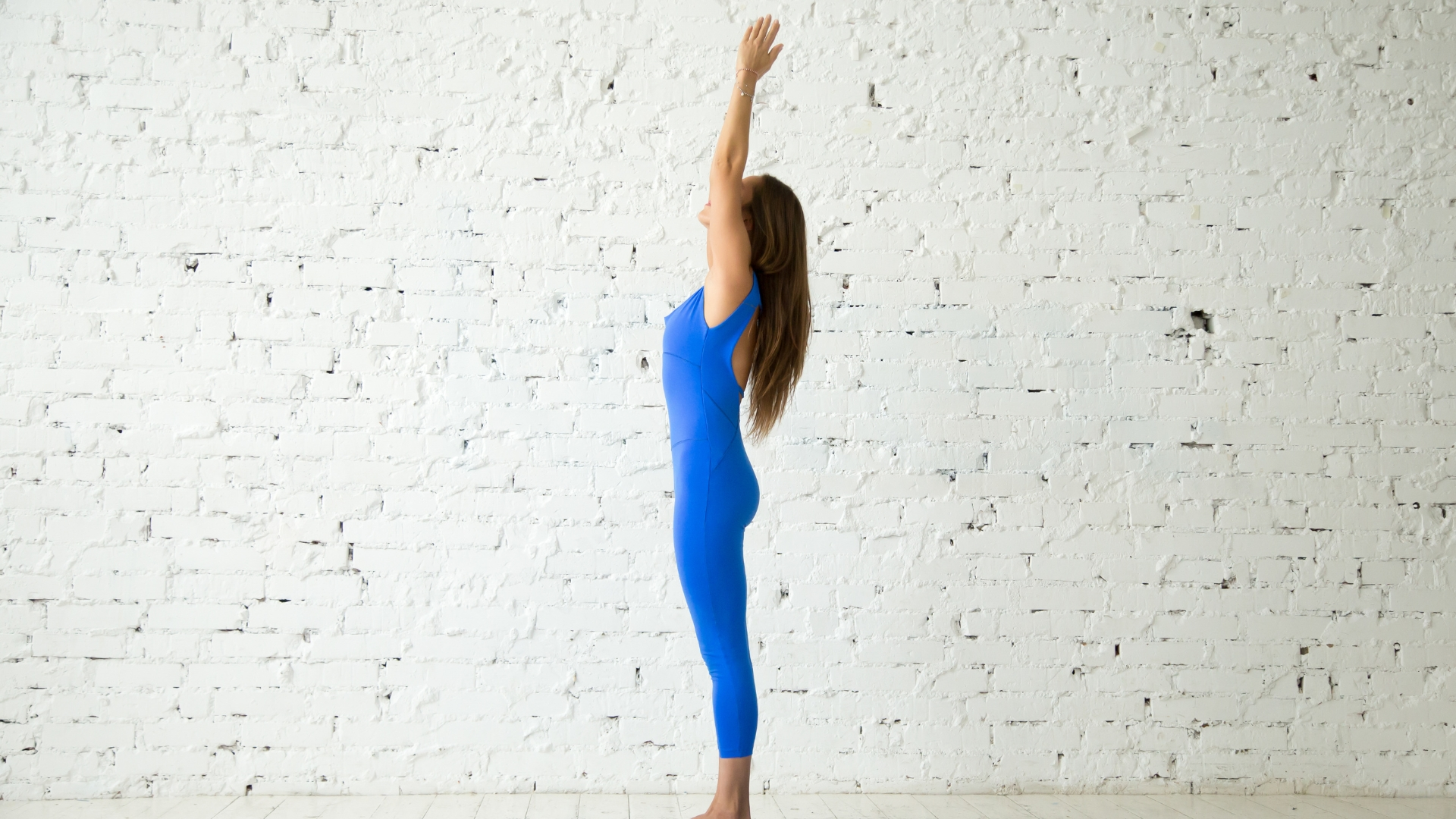
- How to Do It: Stand with your feet hip-width apart. Distribute your weight evenly across both feet. Engage your thigh muscles and lift your kneecaps. Lengthen your spine, roll your shoulders back and down, and reach the crown of your head toward the ceiling. Hold for several breaths.
2. Downward-Facing Dog (Adho Mukha Svanasana)
This pose stretches the entire back body and strengthens the shoulders and arms, promoting better posture.
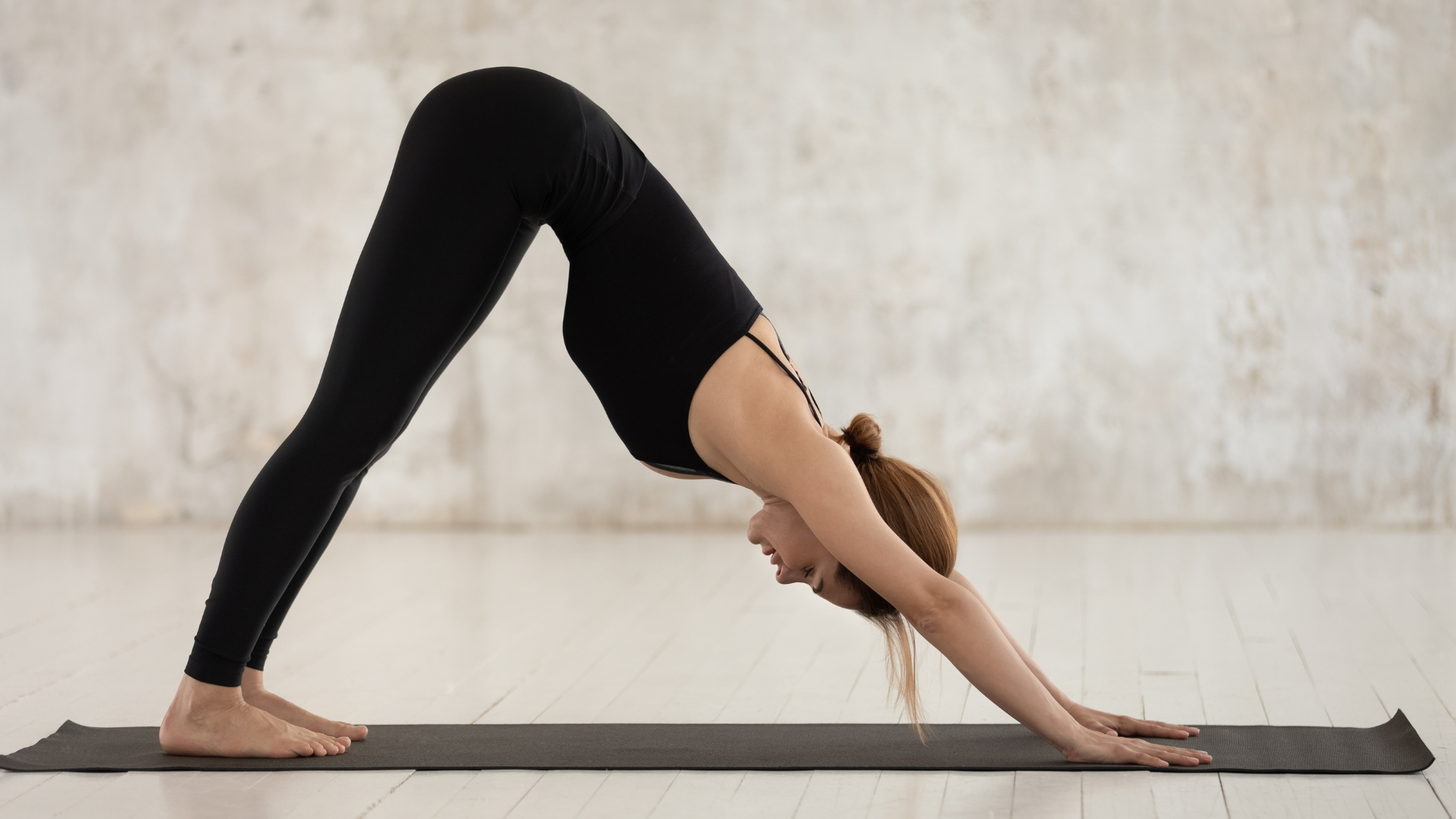
- How to Do It: Start on your hands and knees, with wrists aligned under shoulders and knees under hips. Tuck your toes under and lift your hips towards the ceiling, straightening your legs and creating an inverted V shape. Press your hands firmly into the mat and lengthen your spine. Hold for several breaths.
3. Cat-Cow Pose (Marjaryasana-Bitilasana)
This gentle flow between two poses increases flexibility in the spine and helps you become aware of your spinal alignment.
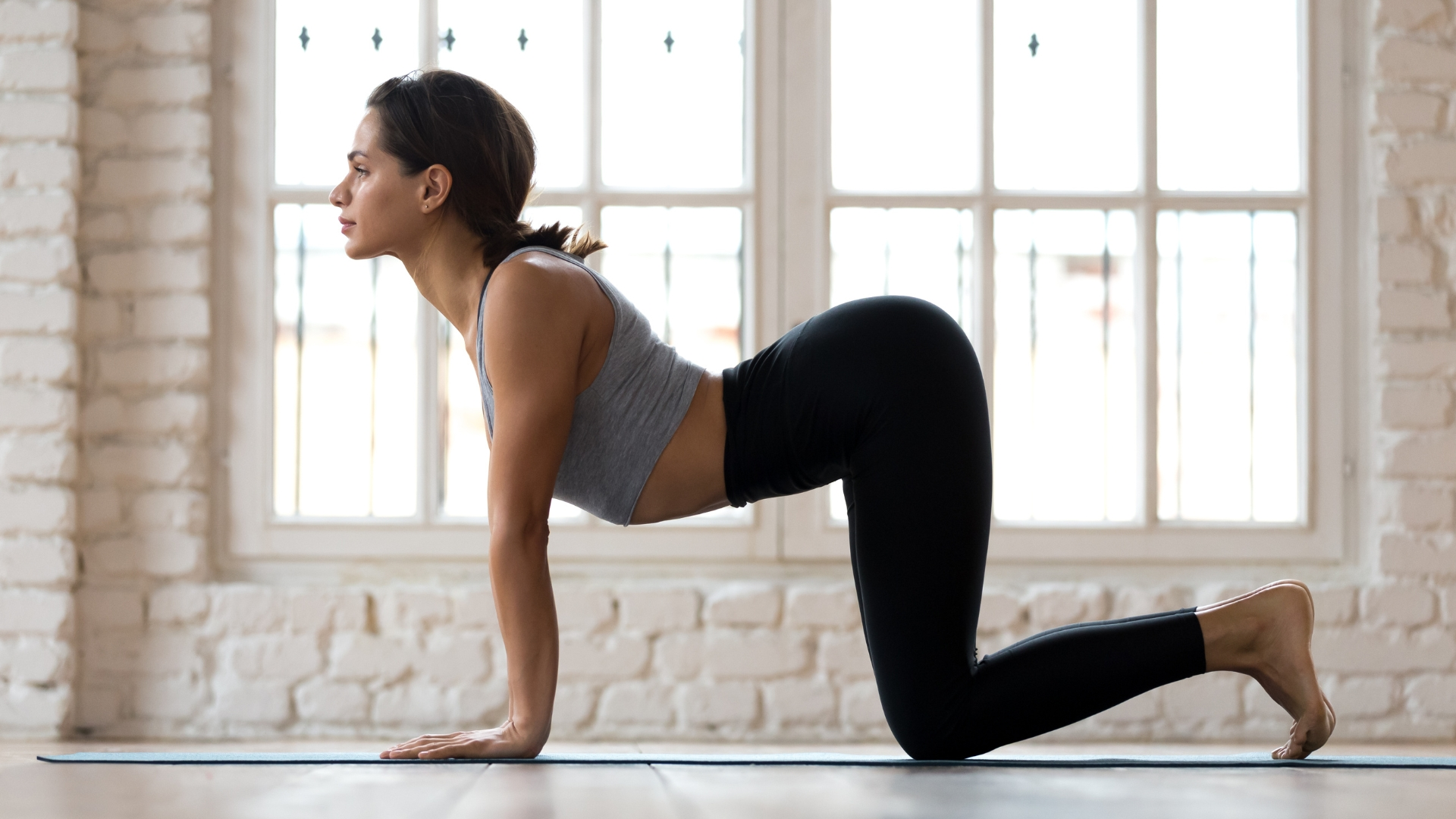
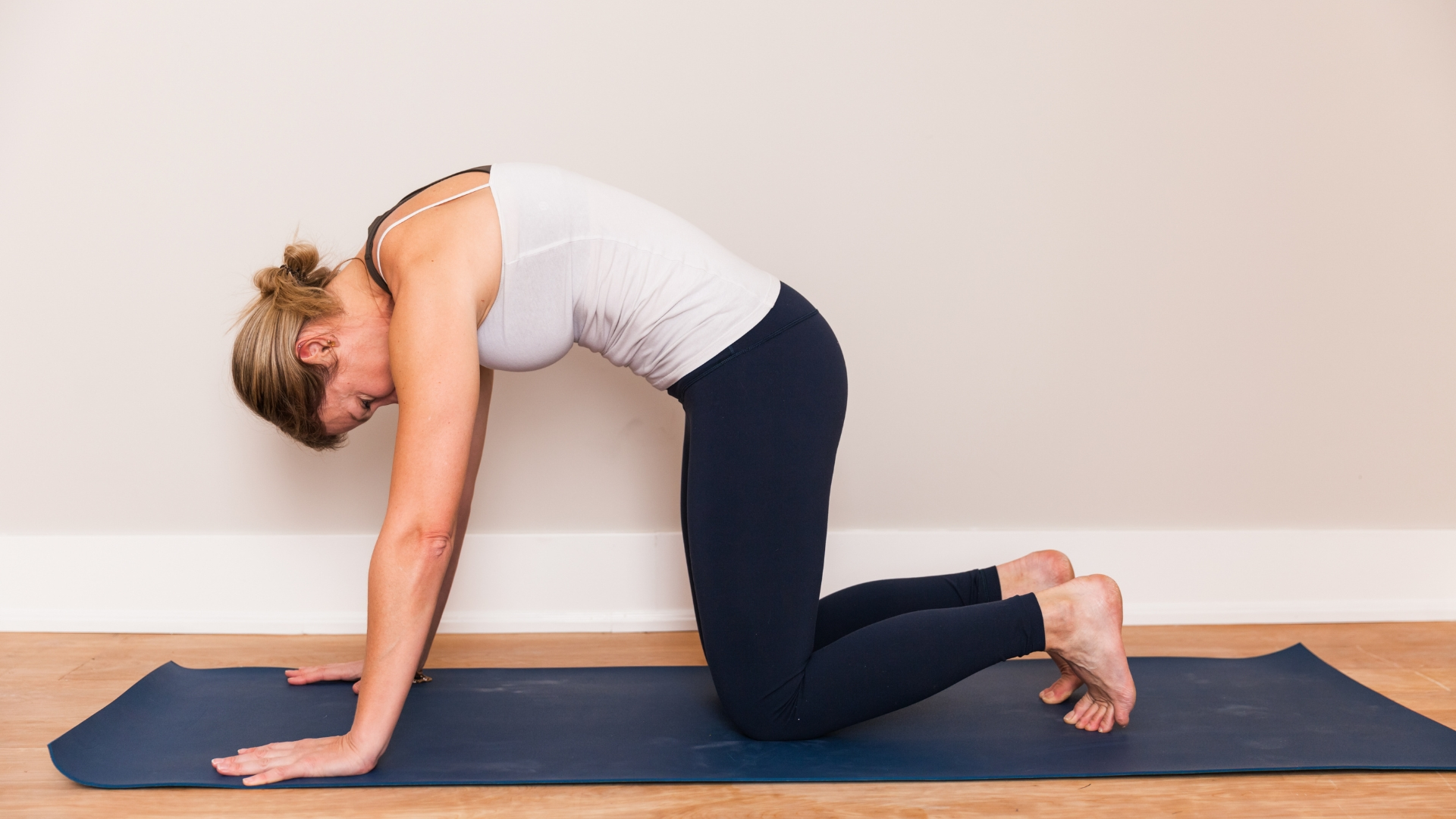
- How to Do It: Start on your hands and knees in a tabletop position. Inhale, arch your back, and lift your head and tailbone towards the ceiling (Cow Pose). Exhale, round your spine, and tuck your chin to your chest (Cat Pose). Continue flowing between these poses with your breath.
4. Cobra Pose (Bhujangasana)
Cobra Pose strengthens the muscles of the back and opens the chest, counteracting the effects of slouching.
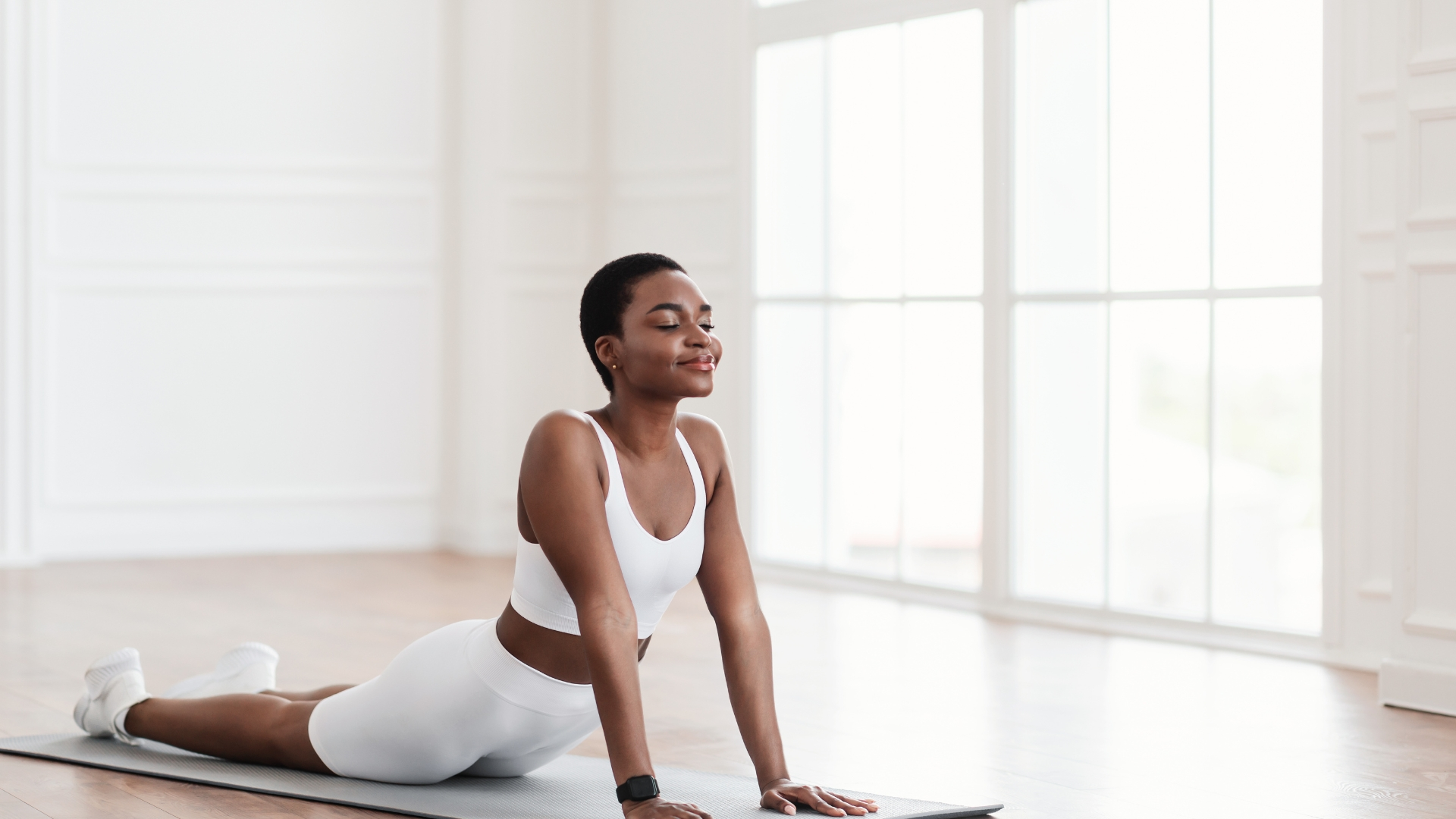
- How to Do It: Lie on your stomach with your hands under your shoulders and elbows close to your body. Inhale and press into your hands to lift your chest off the mat, keeping your lower ribs on the floor. Roll your shoulders back and keep your neck long. Hold for several breaths.
5. Child’s Pose (Balasana)
Child’s Pose gently stretches the spine and promotes relaxation, helping to relieve tension that can lead to poor posture.
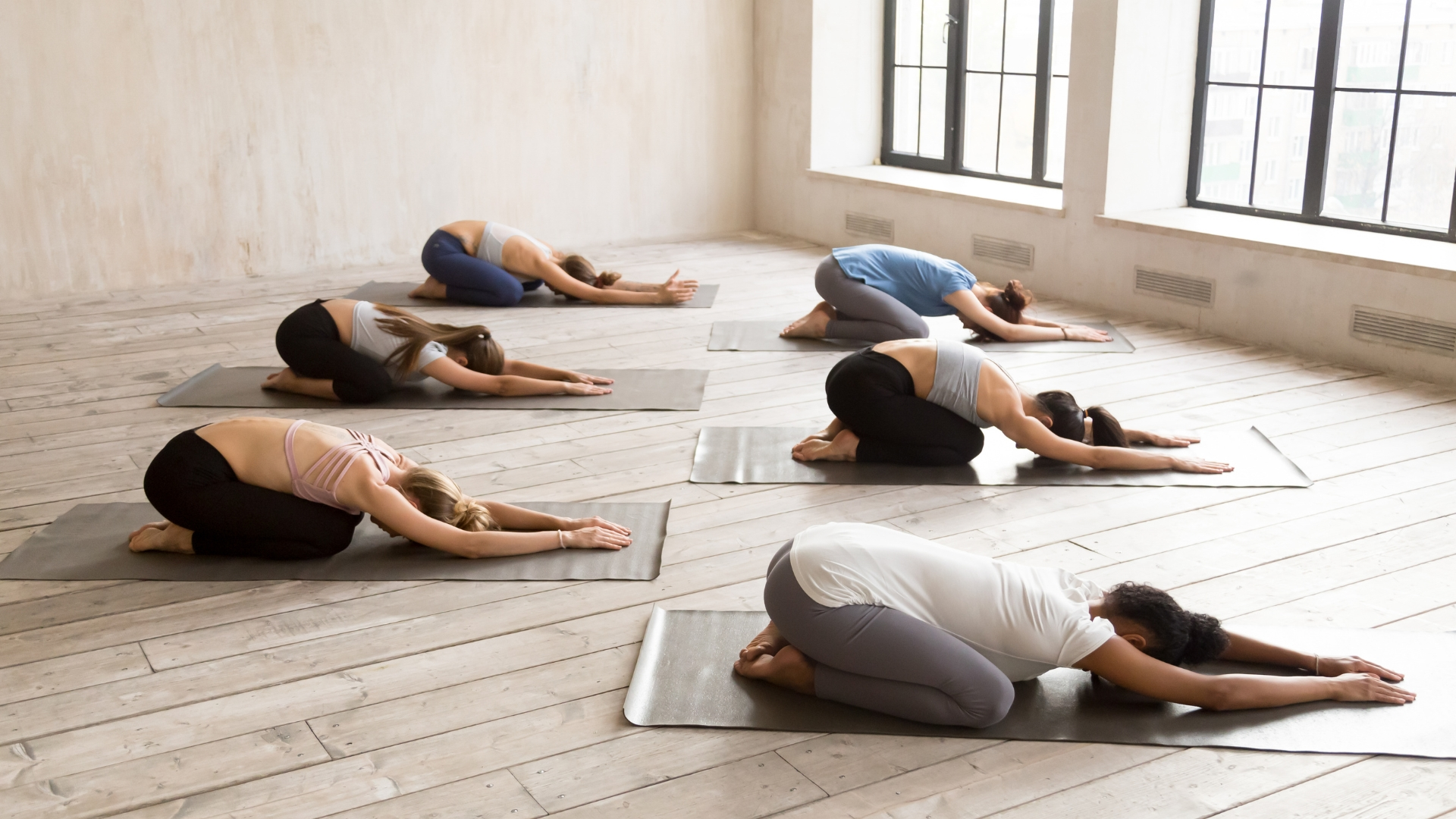
- How to Do It: Kneel on the floor with your big toes touching and knees apart. Sit back on your heels and reach your arms forward, resting your forehead on the mat. Hold for several breaths.
6. Bridge Pose (Setu Bandhasana)
Bridge Pose strengthens the back and gluteal muscles and opens the chest, improving overall posture.
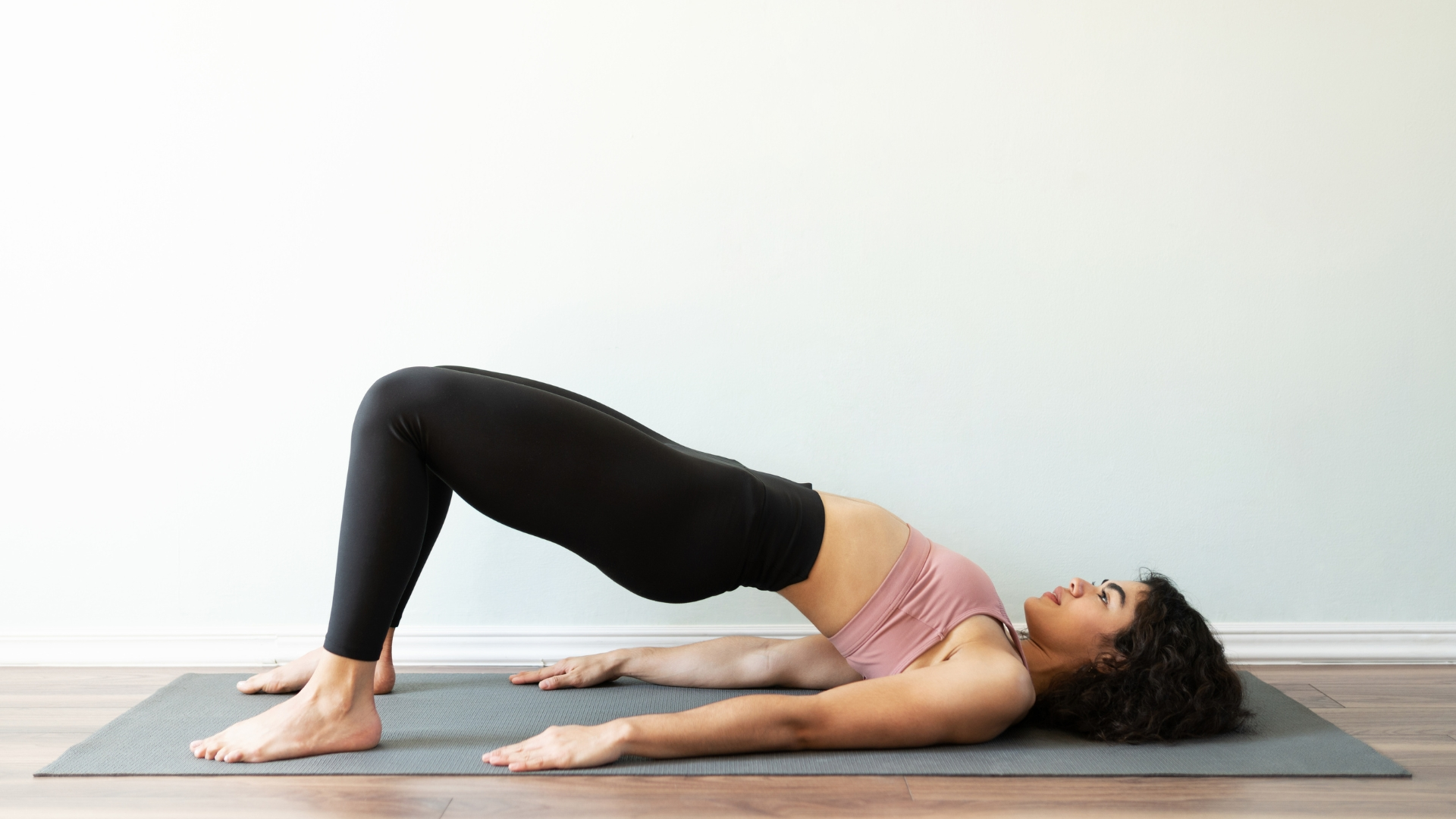
- How to Do It: Lie on your back with your knees bent and feet hip-width apart. Press into your feet and lift your hips towards the ceiling. Clasp your hands under your back and roll your shoulders underneath you. Hold for several breaths.
Tips for Integrating Yoga into Your Daily Routine
To see significant improvements in your posture, it’s essential to practice yoga regularly. Here are some tips for integrating yoga into your daily routine:
- Start Small: Begin with a few minutes of yoga each day and gradually increase the duration as you become more comfortable.
- Consistency is Key: Aim to practice yoga at least three to four times a week. Consistency is more important than the length of each session. To know the best time to practice yoga, check out our blog on “What Is The Best Time To Do Yoga?”
- Focus on Alignment: Pay attention to your alignment in each pose. Use a mirror or ask a yoga instructor for feedback to ensure you are practicing correctly.
- Use Props: Don’t hesitate to use yoga props such as blocks, straps, and blankets to help you achieve proper alignment and support in poses.
- Listen to Your Body: Practice mindfully and listen to your body’s signals. Avoid pushing yourself too hard and respect your limits.
- Incorporate Breathwork: Include pranayama (breath control) exercises in your practice to enhance relaxation and body awareness.
- Practice Mindfulness: Stay present and mindful during your practice. This awareness will help you recognize and correct poor posture throughout the day.
The Long-Term Benefits of Yoga for Posture
Practicing yoga regularly offers numerous long-term benefits for posture:
- Reduced Pain and Discomfort: Improved posture can alleviate chronic pain and discomfort, particularly in the back, neck, and shoulders.
- Enhanced Physical Performance: Good posture enhances physical performance in various activities, from sports to daily tasks.
- Increased Confidence: Standing tall with good posture can boost your self-confidence and make you appear more confident to others.
- Better Breathing: Proper posture allows for optimal lung expansion, improving your overall respiratory function.
- Improved Digestion: An aligned spine and relaxed abdominal muscles can enhance digestion and prevent gastrointestinal issues.
- Mental Clarity: Attending regular online yoga classes and maintaining good posture can improve your mental clarity and focus, as physical and mental well-being are interconnected.
Conclusion
Yoga is a powerful tool for improving posture through its combination of strength training, flexibility, body awareness, and mindfulness. By regularly practicing yoga poses that target posture correction and integrating yoga into your daily routine, you can achieve a more aligned, balanced, and healthy body. The long-term benefits of improved posture extend beyond physical health, enhancing your overall well-being and quality of life. So, roll out your yoga mat, stand tall, and start your journey towards better posture and a healthier you!
Inquiry
If you have any questions, please feel free to reach out. We’ll be glad to help!

